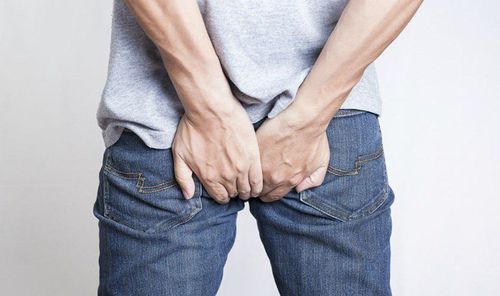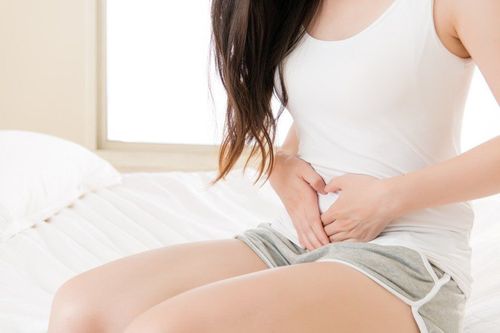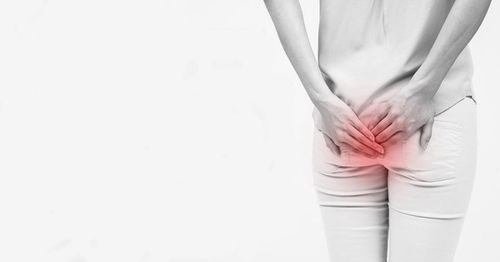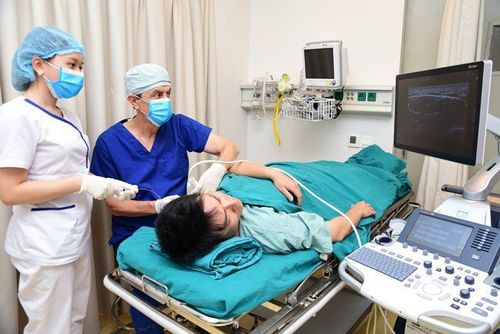This is an automatically translated article.
Pain is one of the body's defense mechanisms, pain signals to people something harmful. However, for patients with dysarthria, they feel a lot of pain even though nothing is causing it, for example, rubbing a few hairs on their skin. The main and most recognizable symptom of dysesthesia is pain that comes from non-painful stimuli.
1. What is Allodynia?
Allodynia may be a symptom of a number of neuropathies or it may present alone and is acute in nature. However, dysesthesia is not hyperresponsive to painful stimuli.
Usually, there are some people who feel severe pain even though it is a very minor injury. Pain sensation will increase or will increase sensitivity to mild painful stimuli, this is called hyperalgesia. People with dysarthria feel pain immediately upon impact when in fact it does not cause any pain.
Based on the cause, pain is divided into 3 main groups. In all 3 groups, pain was still the main symptom. One person can have 1 type of pain disorder, but some people have all 3 types of pain disorder. The groups of pain disorders include:
Tactile dysesthesia: With this type, the patient will feel pain due to touch. Touch here means including friction between clothing and skin, such as tight clothing, belts, bra straps, etc. Mechanical dysesthesia: This type of dysesthesia is caused by displacement. movement on the skin. Specifically, pain can occur if the patient uses a towel to dry off after bathing, the bed sheets are skimmed or even the air from the fan blows over the skin can cause pain. Heat Dysphagia: This type of dysesthesia is usually caused by heat or cold, even though the heat is moderate, but it still causes damage to the patient's tissues.

Loạn cảm đau allodynia có thể là triệu chứng của một số bệnh lý thần kinh
2. Causes of pain disorder
The exact cause of the pain disorder is still unknown. However, dysesthesia can be caused by hyperresponsiveness or by nociceptors. But some of the following medical conditions can increase the risk of dysesthesia:
Migraines : Headaches are often accompanied by other symptoms such as nausea or sensitivity to light and sound. According to research, up to 80% of people with migraines have migraine symptoms. Postherpetic neuralgia: This is a complication of shingles, it can damage nerve fibers, which in turn leads to persistent nerve pain and is associated with dysesthesia. Fibromyalgia: Fibromyalgia causes systemic pain. Fibromyalgia may be genetic, and there is a link between dysesthesia. Diabetes: People with long-term diabetes can cause nerve damage, thereby increasing the likelihood of patients suffering from pain disorders. Besides, diabetes can reduce NGF leading to increased pain and dysesthesia for patients. Complex regional pain syndrome: This syndrome is a chronic pain condition and it tends to affect one limb, typically when the patient has had an injury in this area.
3. Symptoms of pain disorder
Pain is one of the body's defense mechanisms, pain signals to people something harmful. However, for people with dysarthria, they feel a great deal of pain even though nothing is causing it, for example, rubbing a few hairs on their skin. The main and most recognizable symptom of dysesthesia is pain that comes from non-painful stimuli. This symptom can range from mild to severe. Some patients will feel a burning pain, while others will feel aching or pain as if someone was squeezing.
Pain syndrome can cause disturbances in activities, thereby reducing the patient's quality of life. Common complications of pain disorder include: depression, anxiety, sleep disturbances, fatigue, stress,...
4. Treatment of pain disorder
There is currently no specific treatment for dysmenorrhea. The main goal of treatment for dysesthesia is pain relief with medication or lifestyle changes. Supportive treatment methods include: Medications to treat pain disorders are:Pregabalin: This is a drug used to treat nerve pain associated with shingles, spinal cord injury, diabetes or diabetes. fibromyalgia. Therefore, this drug can also help relieve pain in dysarthria. Topical analgesics: Some topical pain relievers such as creams and ointments contain lidocaine; Non-steroidal anti-inflammatory drugs can also be effective. Pain control:
To control pain, the patient can do acupuncture and massage, but this method may not work for some people with dysaesthesia because the process requires touch. and can lead to discomfort.
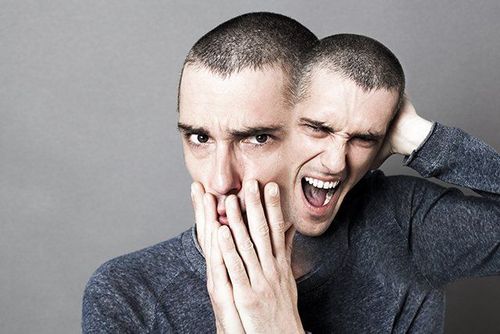
Việc điều trị đặc hiệu cho bệnh loạn cảm đau hiện chưa có
Treating the underlying medical condition that causes the pain syndrome:
Some medical conditions can be a factor in the pain, so treating these conditions can also help with symptom control. Lifestyle changes:
Lifestyle changes such as light exercise, a healthy diet and enough sleep will bring benefits to the patient. Quitting smoking can help on many levels, from improving circulation to reducing symptoms of inflammation. Maintaining a healthy lifestyle does not completely cure dysmenorrhea, but a healthy lifestyle can completely improve health and support more effective treatment. Stress can make pain worse, so it's best to limit stress as much as possible. Identify and limit pain agents:
The more the identification and limitation of pain factors, the more effective it will be in the treatment and prevention of pain sensations. While it's not possible to limit all of these pain triggers, some changes may help in the treatment of dysesthesia. Pain disorder is an acute condition that is not life-threatening, but it makes daily life difficult for the patient, leading to anxiety and many other mental illnesses. Therefore, as soon as you realize that you have symptoms of pain disorder, you should go to a medical facility for examination. Because having a comprehensive approach to treatment can help improve symptoms as well as better control the condition to improve quality of life. Currently, Vinmec International General Hospital is one of the leading prestigious hospitals in the country, trusted by a large number of patients for medical examination and treatment. Not only the physical system, modern equipment: 6 ultrasound rooms, 4 DR X-ray rooms (1 full-axis machine, 1 light machine, 1 general machine and 1 mammography machine) , 2 DR portable X-ray machines, 2 multi-row CT scanner rooms (1 128 rows and 1 16 arrays), 2 Magnetic resonance imaging rooms (1 3 Tesla and 1 1.5 Tesla), 1 room for 2 levels of interventional angiography and 1 room to measure bone mineral density.... Vinmec is also the place to gather a team of experienced doctors and nurses who will greatly assist in diagnosis and detection. early signs of abnormality in the patient's body. In particular, with a space designed according to 5-star hotel standards, Vinmec ensures to bring the patient the most comfort, friendliness and peace of mind.
Please dial HOTLINE for more information or register for an appointment HERE. Download MyVinmec app to make appointments faster and to manage your bookings easily.




